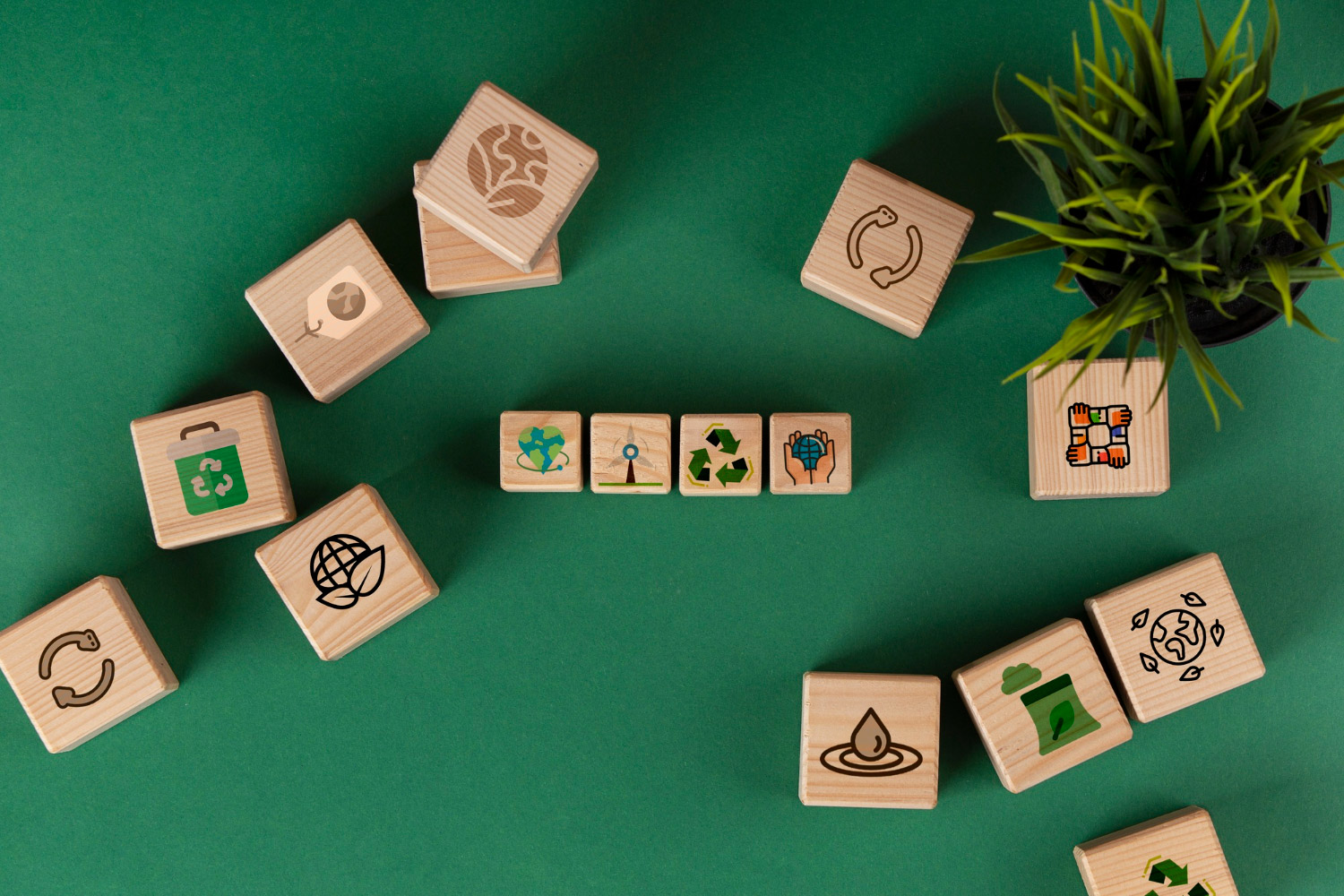Learn about the principles and methods used in product design, including user-centered design, agile development, and rapid prototyping. Discover how these approaches can help create innovative, user-friendly, and cost-effective products. Read on for insights on product design and how it can impact your business.
Product design is the process of creating new products or improving existing ones by considering various factors such as the user’s needs, functionality, aesthetics, and cost-effectiveness. The goal of product design is to create a product that is not only functional and efficient but also visually appealing and easy to use.
Product designers typically work with a team of professionals, including engineers, marketing specialists, and manufacturers, to bring their ideas to life. They may use various tools such as sketches, 3D modeling software, and prototyping equipment to create and test their designs.
Effective product design involves a deep understanding of the market and the target audience, as well as the ability to anticipate and meet the needs of users. It also involves considering factors such as sustainability, materials, and production processes, to create products that are both socially responsible and environmentally friendly.
Harnessing User-Centered Design Principles for Exceptional Product Development
Product design principles and methods refer to the various techniques, processes, and frameworks that product designers use to create innovative, user-friendly, and cost-effective products. Here are some of the most common principles and methods used in product design:
1. User-Centered Design (UCD)
UCD is a design approach that focuses on designing products that meet the needs and preferences of users. It involves gathering user feedback through surveys, interviews, and other methods to create products that are intuitive and easy to use.
2. Design Thinking
Design thinking is a human-centered approach to problem-solving that involves empathizing with the user, defining the problem, ideating solutions, prototyping, and testing. This method is often used to create new and innovative products.
3. Agile Development
Agile development is a software development methodology that emphasizes iterative and incremental development. It involves breaking down the product development process into small, manageable chunks and testing each component before moving on to the next one.
4. Lean Startup
The lean startup approach involves developing a product or service in a way that maximizes efficiency and minimizes waste. This method involves testing a minimum viable product (MVP) with early adopters to validate the product’s market viability before investing in its full development.
5. Design for Manufacture and Assembly (DFMA)
DFMA is a product design methodology that focuses on designing products that can be easily manufactured and assembled. This method involves considering the cost and ease of manufacturing and assembling a product during the design phase.
6. Rapid Prototyping
Rapid prototyping involves creating physical or digital models of a product to test its functionality and user experience. This method allows designers to quickly iterate and refine their designs before investing in full-scale production.
In conclusion, product design principles and methods play a critical role in creating innovative and user-friendly products. By using a combination of these principles and methods, product designers can create products that meet the needs of users, are cost-effective, and can be easily manufactured and assembled.





